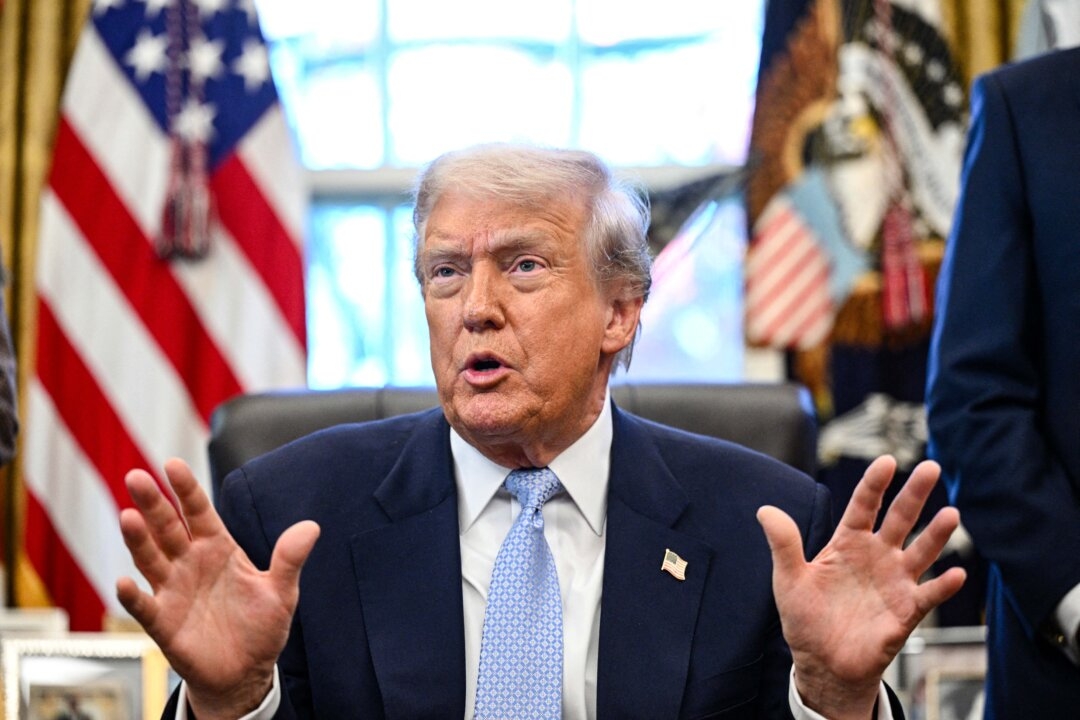Jeffrey Epstein Files Set for Release Amid Questions of Transparency and Political Motives
Jeffrey Epstein’s hidden files are finally slated for public release—but questions remain about what the documents may reveal, and why certain names have never surfaced before. President Donald Trump signed a bill requiring
the Department of Justice to make all unclassified Epstein-related materials available, yet critics warn that political considerations could influence both the timing and framing of the disclosures. Could these files expose new connections—or quietly bury uncomfortable truths?
The Epstein Files Transparency Act

On November 19, Trump signed the Epstein Files Transparency Act, mandating that the DOJ release “all unclassified records, documents, communications, and investigative materials” related to Epstein in a searchable and downloadable format within 30 days.
The law prohibits the DOJ from withholding, delaying, or redacting documents for political or reputational reasons. Exceptions are allowed only for records that:
Identify victims of abuse,
Contain child s*xual abuse material,
Jeopardize ongoing investigations or prosecutions, or
Depict graphic images of death, abuse, or injury.
All redactions must be documented, with written explanations submitted to Congress and published in the Federal Register. The attorney general is also required to provide a detailed report to the House and Senate Judiciary Committees within 15 days of release. This report must include summaries of the released records, explanations for redactions, and a list of government officials or politically exposed persons named in the files, without redactions.
Political Framing and Public Perception
In a post on Truth Social, Trump suggested that Epstein’s associations were primarily with Democrats, dismissing scrutiny as a “Democrat hoax” and calling for House Republicans to support the bill. Prior to signing, he reiterated in the Oval Office that his administration had no connections to Epstein, stating, “All of his friends were Democrats.”
Attorney General Pam Bondi confirmed that the DOJ would comply fully with the law while protecting victims and maximizing transparency. Observers note, however, that political narratives may shape public interpretation once the files are released, regardless of the actual content.
The bill itself was introduced by Rep. Ro Khanna (D-Calif.) and co-sponsored by Rep. Thomas Massie (R-Ky.), reflecting bipartisan interest in ensuring public access to previously sealed documents. While the release may reveal new information, critics warn that selective media coverage or partisan framing could obscure facts or exaggerate connections.
Implications for Investigations and Public Knowledge
The Epstein Files Transparency Act represents a significant step toward uncovering aspects of Epstein’s network that were previously hidden. Analysts and journalists anticipate that the release may provide new leads for ongoing investigations and offer insights into both known and undisclosed associates.
At the same time, skeptics caution that political commentary around the files could overshadow the facts, influencing public perception before the documents are fully reviewed. Transparency advocates emphasize the need for independent scrutiny and careful reporting to separate verified information from speculation or partisan claims.
Conclusion
With the signing of the Epstein Files Transparency Act, a long-sealed chapter of the Jeffrey Epstein saga is set to become public. While the law ensures unprecedented access to these materials, questions linger about how the documents will be interpreted and whether political narratives will dominate coverage.
Regardless of the politics, the release offers investigators, journalists, and the public an opportunity to examine Epstein’s network in unprecedented detail. The files could illuminate both known and previously hidden aspects of his activities—and potentially reshape understanding of one of the most notorious criminal cases in recent history.
